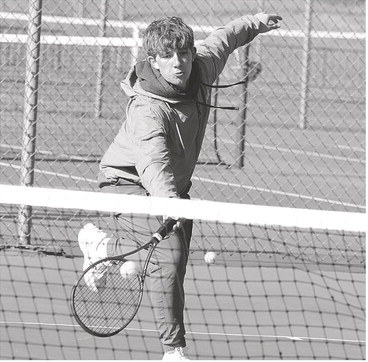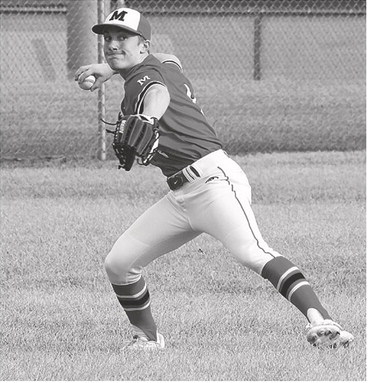DoT offers tips on bicycle safety on roads
As sunny weather continues, we can expect more people to be out on their bicycles. In Wisconsin, bicycles are considered vehicles on the road, so they have the same rights and obey the same laws as motorists. The Wisconsin State Patrol reminds drivers and bicyclists to be aware of their surroundings and share the road to keep everyone safe.
Bicycles are harder to see on the roads and don’t have the same safety features as vehicles, so riders are at greater risk of being hurt or killed in a crash. Bicycles are involved in an average of 705 crashes every year in Wisconsin. Seven bicyclists were killed in crashes in Wisconsin in 2023 and 699 were hurt, according to preliminary data.
“We want bicyclists to be able to enjoy the nice weather and take in the beauty of our state without fear of a crash,” said Wisconsin State Patrol Superintendent Tim Carnahan. “Both motorists and bicyclists need to use extra caution and share the responsibility of creating safe roads for everyone to use.”
Driver responsibilities
Loyal
-- If you see a bicyclist, slow down. The higher the vehicle speed, the higher the likelihood a bicyclist will be seriously injured or killed in the event of a crash.
-- Use caution. Bicycles have a smaller profile, so it is harder to judge their speed and distance.
-- Look twice for bicycles. Many crashes happen when drivers pull out from a stop sign, turn left or change lanes.
-- If parking along the street, always check the side mirrors and look back before opening doors. Opening a vehicle door into the path of a bicyclist can cause them to lose balance or flip over.
-- State law prohibits motor vehicles from driving in a bicycle lane, except to enter a driveway, merge into a bicycle lane before turning at an intersection, or enter or leave a parking space located adjacent to the bicycle lane. Bicycles have the right-of-way.
-- State law requires drivers to stay at least three feet away from a bicycle.
Bicyclist responsibilities -- Wear protective gear, including a helmet.
-- Obey all traffic laws, signs and signals. -- Be aware of your surroundings. Check behind you, especially when changing lanes. Keep an eye on vehicles when approaching intersections. Watch for opening car doors.
-- Be visible. Stay out of blind spots and use extra caution near larger vehicles like buses and trucks.
-- State law requires bicyclists to use signals when turning or stopping. Signals may be given by a lamp or hand and arm.
-- Make it easier for drivers to see you. Wearing reflective and bright clothing. State law requires lights and reflectors during hours of darkness. The back of a bicycle must have reflective tape or a steady or flashing red light, and a white light is required on the front.




